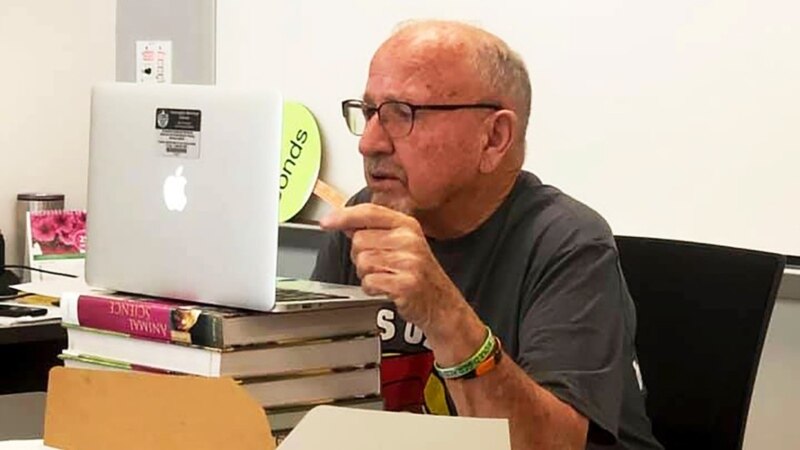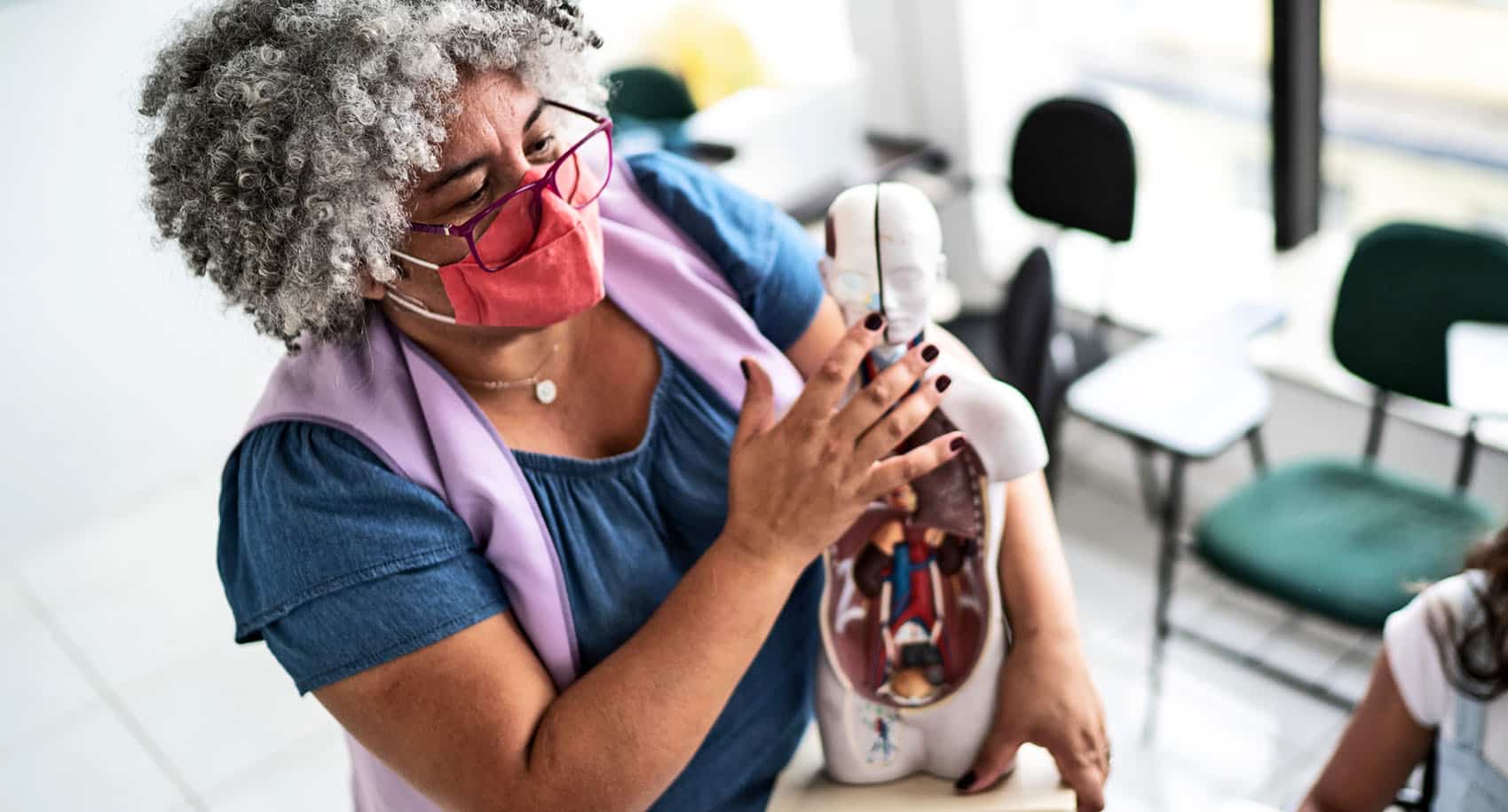
Some Older Teachers Choose to Stay Despite Coronavirus
At the age of 86, agriculture teacher Gerald Bonds has seen plenty of crises during his career. He sees no reason to leave the profession over the coronavirus crisis.
Bonds is in his 58th year of teaching at Farmington High School in Farmington, New Mexico. And, like most teachers in his state, he has been instructing his students from home, which he truly dislikes.
“I hate it. I want to see the students face to face and talk to them,” Bonds told reporters with The Associated Press (AP).
Some teachers have retired early or taken leave because of the difficulties of distance learning and the health risks of in-person teaching. But many longtime instructors like Bonds are choosing to stay.
The states of New Mexico and Maine have the oldest teachers in the country, with one in four older than 55. That information comes from a 2018 study of teachers and school leaders by the National Center for Education Statistics. Almost six percent of New Mexico’s educators are 65 or older, notes the New Mexico Public Education Department.
With few exceptions, New Mexico’s schools have been providing only distance learning. So far, this has saved many teachers from dealing with the health risks of being in classrooms with students.
Ryan Stewart is the New Mexico Education Secretary. He told the AP his state is making health and safety number one. Teachers whose health puts them at a high risk can ask for low-contact or no-contact teaching work, he said. For some parts of the state, this will cause a shortage of teachers and make it harder to return to in-person learning, he noted.
Bonds said other teachers are assisting him with some distance learning duties. For example, they help him put his lesson plans online and set up video conferencing. But he says it is still hard to teach students about raising animals and growing plants without in-person involvement.
“Let’s get through this and get back to person-to-person classes. I think that’s important because I think these young people are going through a lot of emotional things right now,” Bonds said.
Spanish teacher Manuel Acosta is 71 years old. He teaches at Hobbs High School in southeastern New Mexico. He thinks of video conferencing as just the latest in a long line of teaching tools, from chalk to email.
He plans to teach remotely until the public health crisis is over. He says he will do so even if some of his students start attending school in-person.
Acosta was excused from in-person teaching after getting a medical device for his heart in March. His 86-year-old mother, who lives separately, was also a reason. A home health aide cares for her during the week and Acosta visits her less often. But he still buys food and other things for her and visits every weekend. And he still wants to teach, even if it cannot be in person. He has spent 46 years serving students across half of the state’s rural areas.
“I enjoy teaching; I enjoy the interaction with the students,” said Acosta. “I don’t know anything else.”
I’m Alice Bryant.
The Associated Press reported this story. Alice Bryant adapted it for Learning English. Ashley Thompson was the editor.
Words in This Story
instruct – v. to teach someone a subject or skill
chalk – n. a soft, light-colored rock used for writing
remotely – adv. outside of a physical classroom
interaction – n. the act of talking or doing things with other people
Share this article:
This article uses material from the VOA Learning English article, and is in public domain. Images and videos are available under their respective licenses.


